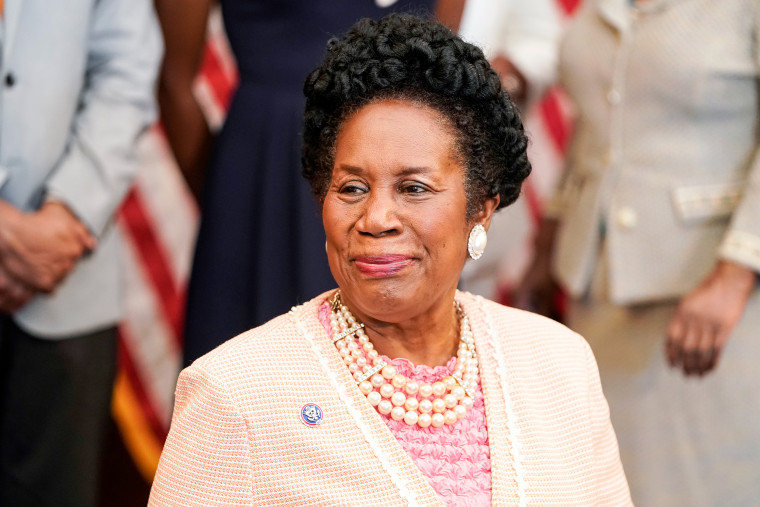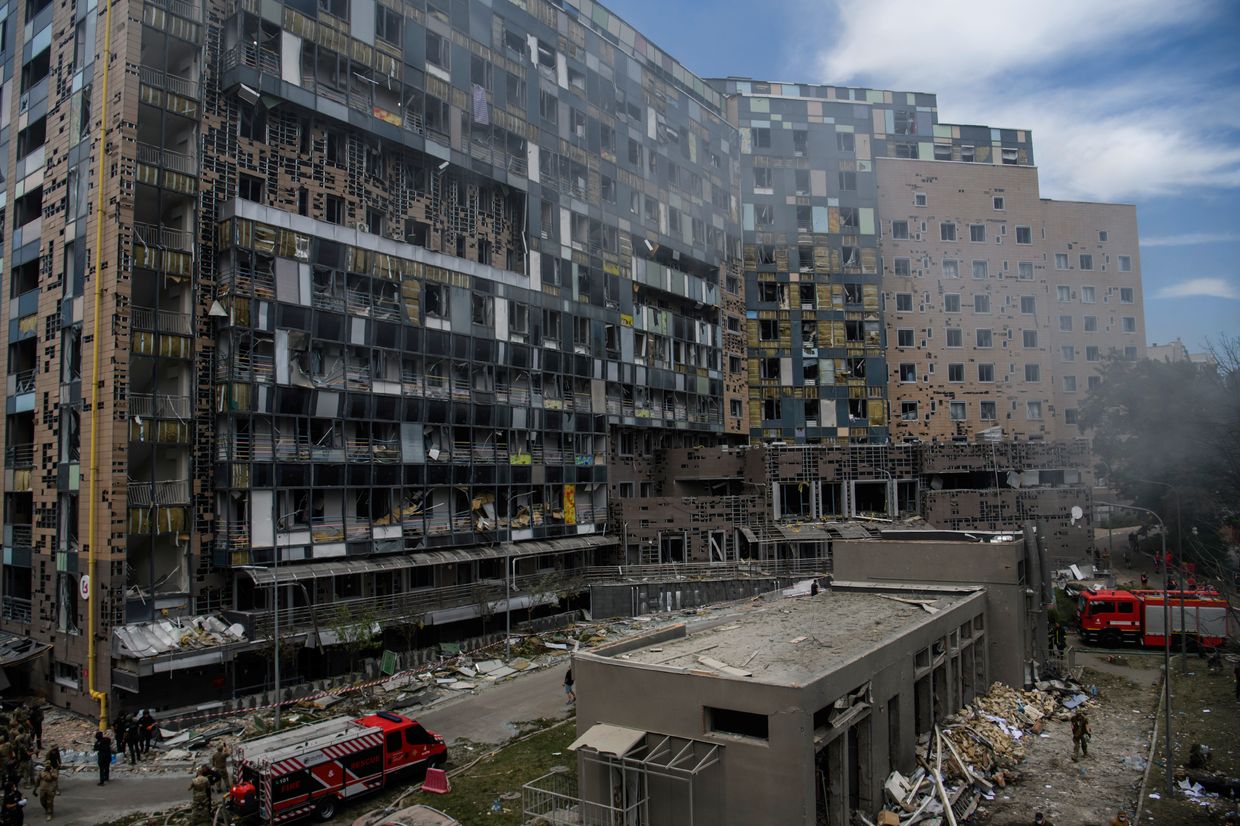When the results came in on election night three weeks ago, New Jersey Democrats breathed a sigh of relief, easily holding most of the competitive districts and rejecting Republican advances in county and local offices. But there was one result that had them scratching their heads: Rep. Bill Pascrell (D-Patterson) an unexpectedly modest victory in the 9th district.
With the election certified, Pascrell’s lead against Republican Billy Prempeh, an Air Force veteran who previously ran in 2020, is 55%-44%, or just over 11 percentage points. It’s no one’s idea of a close race, but given that Joe Biden won the Latino district by 19 points two years ago — and given that Pascrell is a longtime and popular president — the result was still surprising.
It was the first time Pascrell fell below 60% of the vote since his first victory in 1996, when he unseated incumbent Bill Martini (R-Clifton). Pascrell beat Prempeh 66%-32% in 2020, although the 9th District was bluer then; Democrats on the Congressional Reapportionment Commission added Republican towns to the district on the new state map to support neighboring Democratic incumbents.
Pascrell’s victory was also closer than any Democratic candidate in the 3rd or 11th Districts, both historically competitive districts that have seen million costs.
So what caused Pascrell’s margin to drop so dramatically, even as Democrats across the state and across the country are mostly doing well? Looking at the results by city, it appears that the main culprit is the terrible turnout of the Democratic Party, which allowed the Republican cities of the 9th District to have an extraordinary influence on the final result.
Earlier this year, the question of how many voters would go to the polls without a statewide race on the ballot was open, something that happens every 12 years in New Jersey.
The answer was about 2.6 million, about the same number that turned out in last year’s gubernatorial election. But those voters weren’t evenly distributed, and many Democratic regions — particularly Hispanic areas — saw a significant drop in turnout.
 In the 9th District, which is made up of mostly white suburbs and predominantly Hispanic cities, this difference was particularly pronounced.
In the 9th District, which is made up of mostly white suburbs and predominantly Hispanic cities, this difference was particularly pronounced.
In Pascrelo’s hometown of Paterson, which has more than 80,000 registered voters, 16,663 people voted in the congressional election; this is only 35% of the turnout in the 2020 presidential election. It was the same story in the city of Passaic, where 6,524 voters cast ballots – again just 35% of the 2020 turnout.
However, the whiter suburbs of Passaic County and Bergen County have not seen such dramatic declines. In North Haledon and Franklin Lakes, the district’s two most Republican-leaning towns, turnout was more than 60% of the 2020 total.
This imbalance allowed Prempe to make a big dent in Pascrell’s margin, despite the district’s Democratic leaning. For example, the highly competitive Hawthorne campaign cast 6,121 votes, nearly as many as the 6,524 votes cast for dark blue Passaic, even though Passaic has almost four times as many residents.
Of course, many cities also voted more Republican than in years past, which also played a major role in Prempeh’s gains.
 The most dramatic case came in Franklin Lakes, where Prempeh’s 32-point victory was 15 points better than Donald Trump’s two years ago. It’s an extreme case, but most of the district’s cities, especially whiter and more suburban ones, shifted at least a few points toward Republicans compared to 2020.
The most dramatic case came in Franklin Lakes, where Prempeh’s 32-point victory was 15 points better than Donald Trump’s two years ago. It’s an extreme case, but most of the district’s cities, especially whiter and more suburban ones, shifted at least a few points toward Republicans compared to 2020.
The three largest cities in the district – Paterson, Clifton and Passaic – all bucked the trend to some degree, with Clifton and Passaic moving slightly to the right, and Paterson actually giving Pascrell (the former mayor of Paterson) a bigger lead than Biden. However, even there, Pascrell could not match his performances in previous years; Patterson voted for the congressman with 63 points, down from 75 two years ago.
However, even though he was able to better the results of the previous republican performances across the district, Prempeh would not have been able to come nearly as close as he did without a huge difference in turnout.
Parts of Passaic County in the 9th District moved 7.5 points more Republican, while Bergen moved 6.9 points and Hudson moved 0.8 points – and yet the district as a whole moved 7, 6 points to the right, a mathematical oddity created by the difference in turnout. (The effect is even more pronounced at the individual city level; of the 35 cities in the district, only 11 tilted more than 7.6 points Republican.)
As New Jersey Republicans push forward from 2022 and look to make gains in the state’s Democratic-drawn congressional map, the 9th District could look like an attractive target. If they had invested resources in the district — and had a candidate more interested in wooing swing voters than Prempeh was — maybe she could take a competitive race.
Helpfully for Republicans, the 9th District does not lean heavily toward Democrats, unlike many other New Jersey congressional districts. Hispanic voters in Paterson and Passaic swung to the right in 2020, while most of the area’s suburbs do not swing as far to the left as their counterparts in neighboring areas.
Also the fact that Pascrell is 85 years old and won’t stay in Congress forever. If he decides to retire at some point, there will be no shortage of local Democrats to run in his place, but they may not be able to replicate his level of support in Passaic County.
The problem, however, is that this decade is unlikely to see an election with the same difference in turnout as this year. In a presidential year, and even in a midterm year, when the U.S. Senate race is in the lead, Republicans can’t count on as many Democratic voters sitting on the sidelines.
In fact, if Republicans had invested in the 9th District this year, Pascrell might actually have done better, as a more competitive race could have meant more coverage from Pascrell’s campaign and, as a result, higher Democratic turnout.
The reality of New Jersey’s congressional map is this extends to the latter, with nine Democrats holding seats that are unlikely to change, barring a massive Republican wave. This year’s election in the 9th District showed that upsets can still happen, but with more Democratic voters in the coming years, Republicans still have a long way to go.











